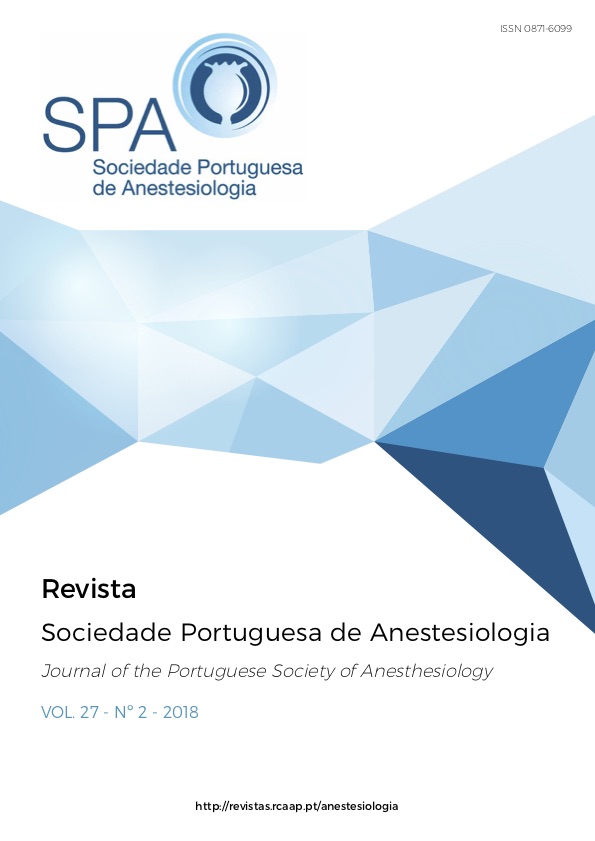Cost-Effectiveness Analysis of Postoperative Red Blood Cell Salvage and Reinfusion following Total Hip Arthroplasty
DOI:
https://doi.org/10.25751/rspa.13001Keywords:
protese total, anca, transfusão de sangue autólogo, recuperação de sangue operatória, cirurgia ortopédica, análise custo-efetividadeAbstract
Introduction: Total hip replacement is an intervention with a high transfusion rate. In our center since 2010, it has been widespread the use of perioperative cell salvage devices. The main objectives of this study were to evaluate whether the autologous blood transfusion by using cell saver decreased allogenic blood transfusion rate and compare the direct costs associated with both techniques in our clinical practice.
Material and Methods: Retrospective study of 669 patients who underwent primary unilateral total hip replacement: cell saver autotransfusion group with 357 patients in which cell salvage system was used and allogeneic blood transfusion group with 312 patients, in which not. Allogeneic transfusion rates of both groups were evaluated and a comparative analysis of direct costs attributable to both transfusion techniques was performed.
Results: Allogenic transfusion rate in the allogeneic blood transfusion group was 21.47% while in the cell saver autotransfusion group was 16.25% (p = 0.084). However, the number of allogenic blood units per transfused patient in allogeneic blood transfusion group was lower (p = 0.020). The relative risk of allogenic transfusion with the use of the cell saver system was 0.76 (95% CI: 0.55-1.04) and the number of patients to be treated to prevent it in this group was 19. The direct costs to avoid allogenic transfusion was 3888,73 euros.
Conclusion: In our center the use of cell saver was not effective in reducing allogenic blood transfusion after primary unilateral total hip arthroplasty, increasing costs over 25 times the cost of a donated blood unit.
Downloads
Downloads
Published
How to Cite
Issue
Section
License
Articles are freely available to be read, downloaded and shared from the time of publication.
The RSPA reserves the right to commercialize the article as an integral part of the journal (in the preparation of reprints, for example). The author should accompany the submission letter with a declaration of copyright transfer for commercial purposes.
Articles are published under the terms of the Creative Commons Attribution Non-Commercial License (CC BY-NC).
After publication in RSPA, authors are allowed to make their articles available in repositories of their home institutions, as long as they always mention where they were published.


